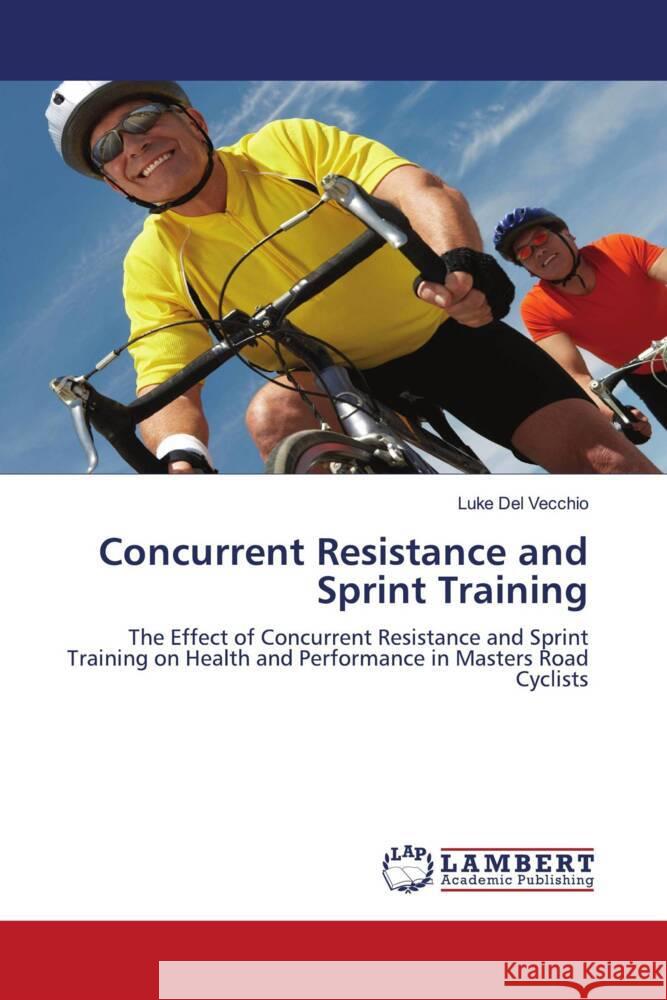topmenu
Wyniki wyszukiwania:
wyszukanych pozycji: 6
 |
Concurrent Resistance and Sprint Training
ISBN: 9786137376645 / Angielski / Miękka / 212 str. Termin realizacji zamówienia: ok. 10-14 dni roboczych. The well established guidelines for developing speed and power in younger athletes may not apply to masters athletes due to a number of age-related changes in muscle morphology and neural factors affecting speed and power. These age-related changes include decreased muscle mass, a decrease in type II muscle fibre size, and decreased neural activation of muscle. These age-related declines strongly suggest concurrent sprint and resistance training may be required to improve speed and power in masters athletes. However, limited research has examined the impact of concurrent sprint and resistance...
The well established guidelines for developing speed and power in younger athletes may not apply to masters athletes due to a number of age-related ch...
|
cena:
380,65 |
 |
Kraft und Kondition für gemischte Kampfsportarten
ISBN: 9786208999230 / Niemiecki / Miękka / 2025 / 72 str. Termin realizacji zamówienia: ok. 10-14 dni roboczych. Strength and Conditioning for Mixed Martial Arts bietet einen evidenzbasierten Ansatz für alle Aspekte der sportlichen Vorbereitung, die zu einer verbesserten Kampfleistung beitragen können. Auf der Grundlage der wissenschaftlichen Forschung in den Bereichen Kraft und Konditionierung, Physiologie und Biomechanik werden in diesem Buch die Ansätze für Kraft und Konditionierung im Mixed Martial Arts kritisch untersucht. Jedes Kapitel enthält einen Überblick über die Forschung und bietet klare, praktische Richtlinien zur Verbesserung von Training und Leistung.
Strength and Conditioning for Mixed Martial Arts bietet einen evidenzbasierten Ansatz für alle Aspekte der sportlichen Vorbereitung, die zu einer ver...
|
cena:
160,95 |
 |
Sila i kondycja w mieszanych sztukach walki
ISBN: 9786208999278 / Polski / Miękka / 2025 / 68 str. Termin realizacji zamówienia: ok. 10-14 dni roboczych. |
cena:
160,95 |
 |
La force et la condition physique pour les arts martiaux mixtes
ISBN: 9786208999254 / Francuski / Miękka / 2025 / 68 str. Termin realizacji zamówienia: ok. 10-14 dni roboczych. Strength and Conditioning for Mixed Martial Arts propose une approche factuelle de tous les aspects de la préparation athlétique susceptibles de contribuer à l'amélioration des performances au combat. S'appuyant sur la recherche scientifique dans les domaines de la force et du conditionnement, de la physiologie et de la biomécanique, ce livre examine de manière critique les approches de la force et du conditionnement dans les arts martiaux mixtes. Chaque chapitre comprend une revue de la recherche et propose des lignes directrices claires et pratiques pour améliorer l'entraînement et...
Strength and Conditioning for Mixed Martial Arts propose une approche factuelle de tous les aspects de la préparation athlétique susceptibles de con...
|
cena:
160,95 |
 |
Força e condicionamento para artes marciais mistas
ISBN: 9786208999261 / Portugalski / Miękka / 2025 / 68 str. Termin realizacji zamówienia: ok. 10-14 dni roboczych. |
cena:
160,95 |
 |
Forza e condizionamento per le arti marziali miste
ISBN: 9786208999285 / Włoski / Miękka / 2025 / 68 str. Termin realizacji zamówienia: ok. 10-14 dni roboczych. |
cena:
160,95 |










